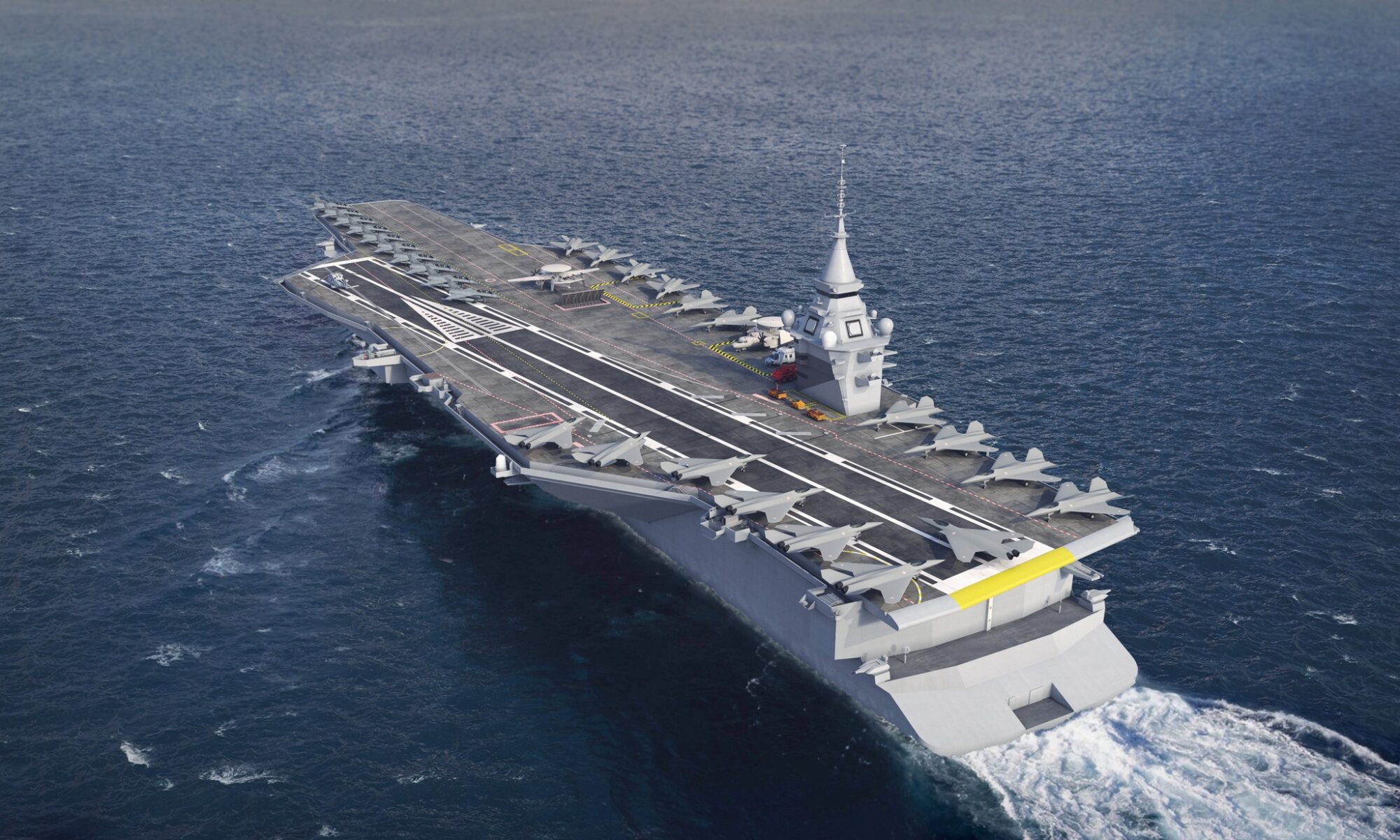
Concept art of the French Naval Group’s next-generation aircraft carrier (PA-NG), scheduled to be ready by early 2026
Photo: Naval Group on Facebook, June 1, 2022
The man in charge of Europe’s common defense policy, EU Internal Market Commissioner Thierry Breton, wants to take the bloc’s defense capabilities to the next level by not only ramping up weapons production but also developing a centralized navy complete with an aircraft carrier and an Israel-like missile defense system with space-based detection capability.
The European Commission “must present an ambitious European defense investment program” before the end of the current budgetary period, Breton told industry leaders during the European Defense and Security Conference in Brussels on Tuesday, October 10th, Politico reported. “With the return of high-intensity conflict on the European continent, we have no other choice,” Breton added.
The Commission will present its next European defense industry strategy in early November. But even before then, the Commissioner said, it is time to start discussing how to acquire Europe’s very own aircraft carrier and other vessels to patrol its seas. He also called for a so-called “Eurodome,” a next-generation missile defense shield similar to Israel’s Iron Dome, complete with space-based “threat detection and identification capability.”
Having even one aircraft carrier would be a considerable step up for Europe, considering that EU countries currently have only four between them—Italy has two while Spain and France have one each—while the UK can add no more than two to NATO’s European arsenal. The U.S. Navy, of course, boasts the world’s largest carrier fleet with 11 vessels, but more and more officials in Brussels think that the EU needs its own naval fleet and army as well.
As a response to Russia’s invasion of Ukraine, the EU has already initiated two multi-million-euro projects to boost the continent’s defense capabilities—the €300 million joint procurement fund called EDIRPA and the €500 million subsidy package for ammunition and missiles called ASAP. But these are merely the start, Breton said, and need to be increased together with the €8 billion European Defense Fund by 2025.
“We need a program crystalizing this ambition, to be the precursor of a genuine industrial program for defense in the next multi-annual financial framework,” the commissioner said. “Our objective is clear: we must sustain and broaden both the ASAP and EDIRPA approaches” before the current budgetary period ends, and “build a bridge towards the next EU budget.”
A few months ago, Breton urged weapons manufacturers to get into “war economy mode”—now we know what exactly he meant. On Tuesday, he ended his speech by telling the representatives of the European defense industry in the audience that they “need to be ready for new deals and new requirements.”
These ambitions, of course, pose more questions than answers, as Breton intentionally left a lot of things unsaid.
One is the money. What would these mega-investments cost for European countries, and over what timeline? The Commission is already struggling to get its proposed budget top-up approved, and this new, extensive wish list will hardly fit into the €8 billion defense budget. Based on the French plans to acquire a new carrier by 2026, the EU’s aircraft carrier would also cost at least €5 billion alone.
The same with the idea of a “Eurodome.” Each one of Israel’s ten Iron Dome batteries costs $50 million to build (with an additional $100-150,000 per interception) and can cover about 150 square kilometers—about 7% of the country’s total surface area when deployed simultaneously.
If we play with the same 7% coverage in the case of the EU, that means around 300,000 square kilometers to defend with 2,000 batteries, at a cost of €100 billion. At 10% coverage, we get €140 billion in initial costs, and so on. Not to mention the missiles, maintenance, and all the space-based infrastructure to go along with it that Breton mentioned.
But an even more troubling issue is: who is going to operate all this weaponry? It’s hard to imagine a common European aircraft carrier and fleet without a European Navy. Nor a European Navy without a common Army, for that matter. It’s a long process, but all these giant procurement projects inevitably bring us closer to building an EU Army—which could even become the future backbone of a federal Europe. Achieving strategic autonomy is not a bad ambition in itself, but trusting the Commission with an Army and fleet of its own is not something most member states would ever be ready for.
